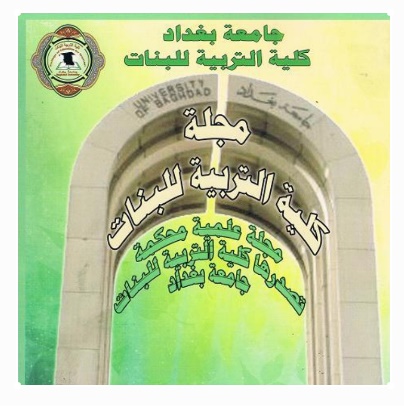Aesthetics third line of the Diversity of his methods in the architecture at Mosques
Abstract
The Islamic Arts which include calligraphy and specifically the third line of the greatest
manifestation of Islamic civilization affair, and it was the mosques and mosques and holy
shrines scattered in the city of Baghdad, which had a deep impact in enhancing
communication
This means research study (third line aesthetics diversity of tactics in the architecture of
mosques) It is located in four seasons, which included the first chapter the research problem
represented by asking the following - :
-What are the methods of implementation of the third line in the architecture of mosques ?
And reflected the importance of research in it represents a serious attempt to investigate the
diversity in the organization design for linear configurations that promote communication
within and outside the mosques, mosques and holy sites located within the province of
Baghdad .
The objective of the study revealed the diversity of the methods implemented in the third line
Islamic mosques
The limits of the research has identified a third line configurations study varied within and
outside the corridors of mosques and mosques and holy sites of the era (2012 m -2013 m) and
their current, then seal chapter defines some of the terminology related to the subject matter ...
The second chapter goal of the theoretical framework and previous studies it was composed
of three sections define the first topic to address the third line study and aesthetic
characteristics .
The second topic was addressed by the researcher of the third line design spaces in the
building of mosques
The third chapter objective procedures for the research included the study population (42)
configuration in writing thuluth after excluding models repeated and similar and that Ataatuaq
with the objectives of the study or for other reasons, has chosen the researcher models sample
studied by the limited number (6) in a deliberate problem 20% of the Total community
researcher to study the original post after a group of experts with competence .
The samples were analyzed according to the sample analysis form that contributed to a lot of
experts .
The fourth chapter included the results of the study after an analysis and discussion of the
sample, which came the following - :
.1. Unity showed marked by the relationship with the other part, the part and the whole of
these relations is no doubt as to strengthen communication and raise satisfaction of sight at
the same time contribution in achieving the aesthetic diversity (sample models (
.2. Varied nature of the third line configurations implemented on the architectural elements in
the mosques and shrines between smooth and rough and Mabinhma diversity Mc contributes
largely to raise attention and enhance the aesthetic style within an area (sample models (
The conclusions that have chosen the most important researcher represented, including the
following - :
1.That each composition thuluth rhythm distinguishes whether free or regular or irregular,
uninteresting, or non-monotonic, or it may be a rhythm going because it expresses repeating
motor combines the unit and variable, one of the foundations of aesthetic overlay linear,
which has to be achieved in artwork
2.Calligrapher has maintained the consistency of parts of the characters with the college of the
Authority for the linear superposition of where (distance, height, and accuracy .(
And continue with the findings and conclusions of the recommendations and proposals
came then followed by a list of sources and supplements and then study researcher concluded
with a summary of research in the English language

Published
Issue
Section
License
![]()
All articles published in Journal of College of Education for Women are licensed under a Creative Commons Attribution 4.0 International License.










